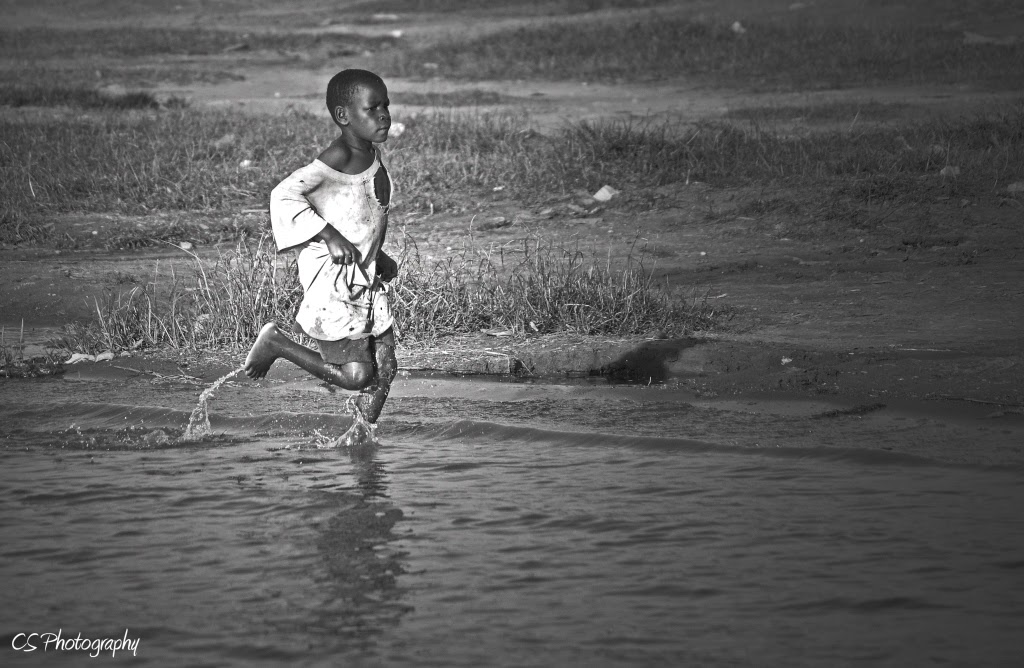 |
| Pied Kingfisher by Corne Schalkwyk |
Uganda’s “Big Birding Day” for 2014 is upon us. Make sure to
incorporate this great event annually into your birding dairy. Its sure to
become part of the bucket list of every birder internationally.
Africa's best birding destination for birders and other
nature enthusiasts.
With more bird species per square kilometre than any other
country in Africa. The country boasts an impressive national birds’ list of
about 1060 species in a space of approximately 236,000sqm. This figure
represents nearly half the bird species that can be found in the whole of
Africa. With this number of bird species mainly in protected areas, a birding
trip around Uganda is the most rewarding in the east and central tropical
birding destinations.
 |
| Speckled mouse bird by C.T Schalkwyk |
The bird counting exercise is conducted annually across hot
birding spots in the country from mid-night to mid-night i.e. 24 hours.
Participants look for and listen out for different species which they then include
in their list of birds seen or heard. This year, all groups will be led by a
professional bird guide to authenticate and confirm the records. It’s a great
way to “up” your birding to a new level and learn from the local guides.
The Big Birding Day 2014 will be celebrated on 29th of November
2014 under the theme; “Birds & People, Friends for Life”. They will have a
flag off & public lecture event on 27th November and the results will be
announced on 6th December 2014 at the Uganda Museum.
 |
| Egrets on the bank of the White Nile in Uganda - Photo by Corne Schalkwyk. |
This year’s “Big Birding Day” Exercise will be graced by
renowned international birders from the United Kingdom and the United States of
America which are the two biggest bird watchers’ source markets worldwide.
The
invited international birders have a wide following of their fellow birders all
over the world and Uganda believes that by them experiencing birding in Uganda,
they will be able to spread the Uganda birding experience worldwide. The country
expects an influx of birders as a result of this exercise in addition to the normal
Safari tourists and Gorilla trekking Safari clients.
For more information please contact: Tel: 0414 342 196/7 Email:
utb@tourismuganda.info



